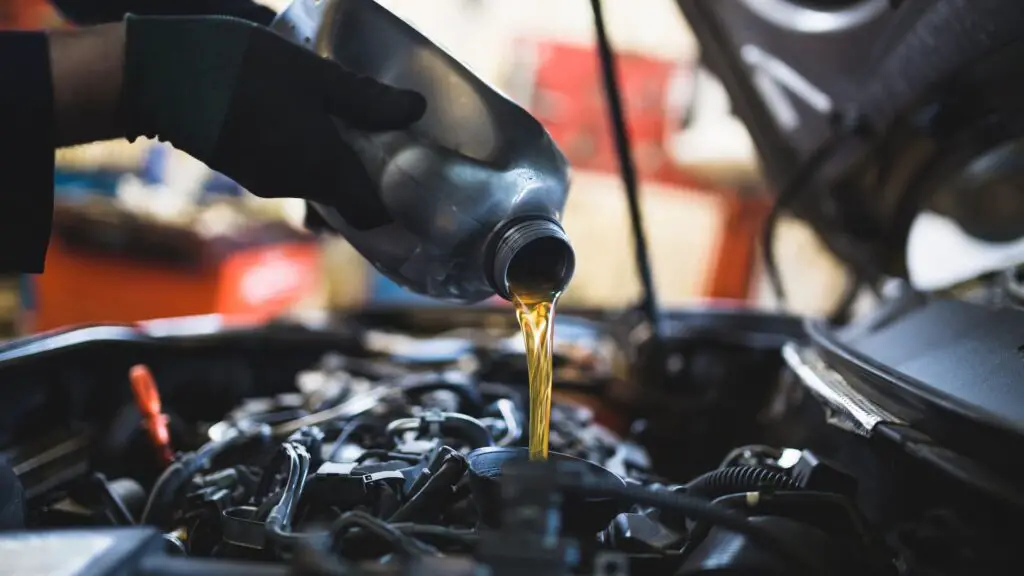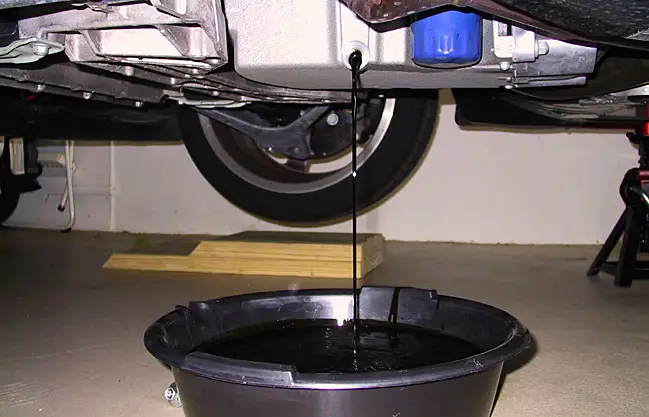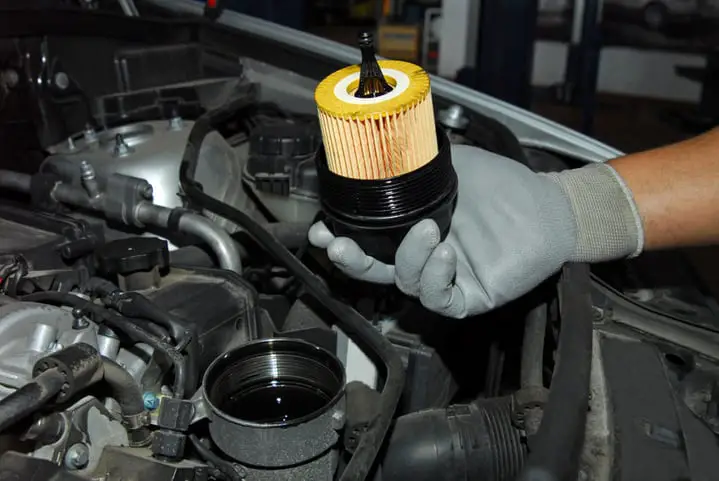Regular oil changes stand as a cornerstone in the realm of car maintenance, holding the key to your engine’s longevity and performance. In this comprehensive guide, we unveil the importance of this seemingly simple yet crucial task. Engine oil, the lifeblood of your vehicle, plays a pivotal role in lubricating engine components, reducing friction, and dissipating heat.
This article is your go-to manual, offering insights into the step-by-step process of changing your car’s oil. From understanding the significance of this maintenance ritual to navigating the intricate steps involved, join us in mastering the art of preserving your engine’s health and ensuring a smooth ride on the road ahead.

Gathering Tools and Supplies
Necessary Tools
- Oil Filter Wrench: Essential for removing and installing the oil filter.
- Oil Drain Pan: To collect and dispose of the old oil safely.
- Socket Wrench Set: Needed to remove the oil drain plug.
Required Supplies
- Correct Type and Amount of Oil: Refer to the vehicle manual for the recommended oil type and quantity.
- New Oil Filter: Ensure it matches the specifications for your vehicle.
Preparing for the Oil Change
Park the Car
Find a suitable location with:
- Level Ground: Ensures proper draining of the oil from the engine.
- Adequate Space: Allow enough room to work comfortably around the vehicle.
Precautionary Measures
- Safety Gear: Wear protective gloves and goggles to prevent contact with hot oil and other fluids.
- Wheel Blocks: Place blocks behind the rear wheels to prevent the car from rolling while lifted.
Taking these preparatory steps ensures a safe and efficient oil change process, providing a secure working environment and the necessary tools and supplies for the task.
Draining the Old Oil

Locating the Oil Drain Plug
- Finding the Drain Plug: Typically located on the underside of the engine.
- Importance of Locating: Identifying the drain plug before lifting the vehicle ensures a smoother draining process and prevents confusion during the oil change.
Draining the Oil
Step-by-Step Process:
- Prepare the Area:
- Place the oil drain pan beneath the oil drain plug.
- Loosen the Drain Plug:
- Use a socket wrench to carefully loosen the drain plug.
- Position the drain pan to catch the oil as it drains.
- Drain the Oil:
- Fully remove the drain plug and allow the old oil to drain completely into the pan.
- Check the drain plug for any signs of damage or excessive wear.
Changing the Oil Filter

Removing the Old Oil Filter
Steps for Removal:
- Access the Oil Filter:
- The oil filter is typically located near the engine.
- Use the Oil Filter Wrench:
- Place the oil filter wrench around the filter and turn it counterclockwise to loosen the old filter.
- Be prepared for some residual oil to spill, so have the drain pan handy.
Installing the New Oil Filter
Installation Guidelines:
- Prepare the New Filter:
- Apply a thin layer of clean oil on the gasket of the new oil filter.
- This helps with sealing and prevents the filter from sticking during future removal.
- Install the New Filter:
- Hand-tighten the new oil filter onto the engine where the old one was removed.
- Ensure it’s snug but avoid overtightening, which could damage the filter or its housing.
By following these step-by-step instructions, you’ll effectively drain the old oil and replace the oil filter, completing the crucial stages of an oil change process for your vehicle.
Adding New Oil
Locating the Oil Fill Cap
- Finding the Oil Fill Cap:
- Usually located on the top of the engine and marked with an oil can or the word “oil.”
- It’s essential to use the correct cap to prevent leaks and ensure a proper seal.
- Correct Type and Amount of Oil:
- Refer to your vehicle manual for the recommended oil type and quantity.
- Using the right oil is crucial for optimal engine performance and longevity.
Pouring in the New Oil
Step-by-Step Instructions:
- Using a Funnel:
- Place a funnel into the oil fill opening to prevent spills.
- Adding New Oil:
- Slowly pour the recommended amount of new oil into the engine.
- Allow time for the oil to settle, then recheck the oil level using the dipstick.
Final Checks and Clean-Up
Checking for Leaks
- Inspect Under the Vehicle:
- Look underneath the car for any signs of oil leaks around the oil drain plug or filter.
- Address any leaks immediately to prevent further issues.
Disposal and Clean-Up
- Proper Disposal of Old Oil:
- Pour the used oil from the drain pan into a sealable container.
- Take the container to a recycling center or an auto parts store for proper disposal.
- Cleaning the Workspace:
- Wipe any spilled oil with absorbent materials.
- Dispose of used materials properly, avoiding environmental contamination.
Completing these final checks and clean-up tasks ensures a clean workspace and proper disposal of the old oil, allowing you to finish the oil change process conscientiously and safely.
FAQs
How often should I change my car’s oil?
It’s recommended to change your car’s oil every 5,000 to 7,500 miles or as suggested in your vehicle’s manual. However, this interval might vary based on your driving habits and the type of oil used. Always refer to your car’s manual for the manufacturer’s specific recommendations.
Can I reuse old oil filters or dispose of them with regular household waste?
It’s not advisable to reuse old oil filters. Once removed, they tend to contain used oil and contaminants, so it’s best to replace them with new filters. Additionally, used oil filters should not be disposed of in regular household waste due to environmental concerns. Local recycling centers or auto parts stores often accept used filters for proper disposal.
Conclusion
Maintaining your car’s oil is more than a routine; it’s a commitment to your vehicle’s well-being. Following the step-by-step process—from gathering tools to disposing of old oil—ensures a smoother, cleaner, and safer oil change.
Regular maintenance isn’t just about keeping your car running; it’s about preserving its heart—the engine. By adhering to a consistent oil change schedule, you’re investing in reliability, longevity, and the continued joy of driving a healthy, well-cared-for vehicle.
